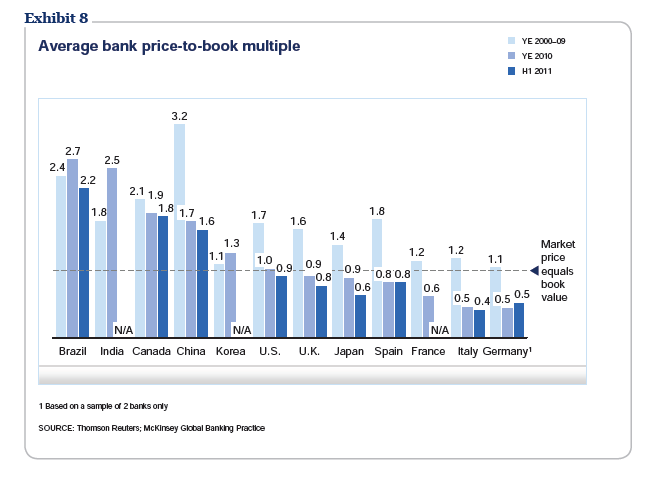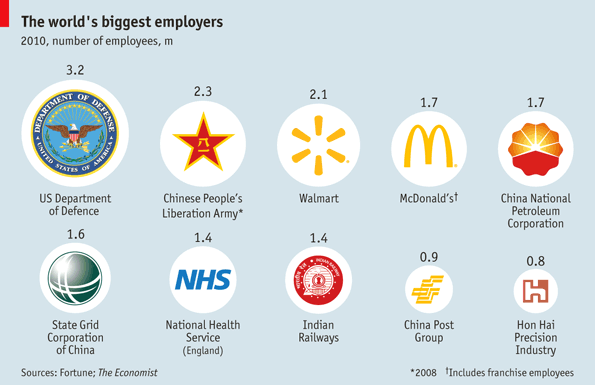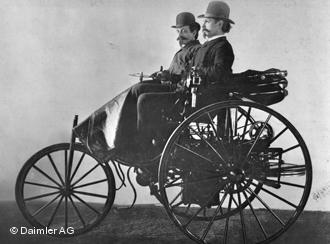The theory that emerging markets are decoupled from developed markets did not hold well during the current turmoil in global equity markets. Emerging market stocks have also fallen sharply in tandem with others. For example, while most of European countries are down more than 20% and the S&P is down 6.5%%, Brazil’s Bovespa is also off 22.2% YTD as of September 27th.
Investors looking to add some exposure to Brazil can consider adding some of the utility stocks. Unlike their peers in the developed world, the yields of Brazilian utilities tend to fluctuate but the potential for growth are higher with them.
Brazilian electricity and natural gas companies trading on the organized US exchanges are listed below with their current dividend yields and YTD price changes:
1.Company: Ultrapar (UGP)
Current Dividend Yield: 3.54%
YTD Change: Unchanged
2.Company: Companhia Energetica de Minas Gerais-CEMIG (CIG)
Current Dividend Yield: 6.62%
YTD Change: -2.56%
3.Company: SABESP (SBS)
Current Dividend Yield: N/A
YTD Change: -8.80%
4.Company: CPFL Energia (CPL )
Current Dividend Yield: 6.81%
YTD Change: -10.86%
5.Company: Comp. Paranaense de Energia-COPEL (ELP)
Current Dividend Yield: 1.02%
YTD Change: -25.90%
6.Company: Centrais Eletricas Brasileiras-Eletrobras (EBR)
Current Dividend Yield: 6.60%
YTD Change: -35.49%
Some of the sponsored Brazilian utility ADRs trading on the OTC markets are listed below with their current yields:
1.Company: AES Tiete (AESYY)
Current Dividend Yield: 10.48%
2.Company: Centrais Elet. de Santa Catarina-Celesc (CEDWY)
Current Dividend Yield: 6.58%
3.Company: Comp. de Transmissao-Paulista (CTPZY)
Current Dividend Yield: 11.97%
4.Company: Comp. Energetica de Sao Paulo-CESP (CESDY)
Current Dividend Yield: N/A
5.Company: Comp. Paranaense de Energia-COPEL (ELPVY)
Current Dividend Yield: 4.49%
6.Company:Light SA (LGSXY)
Current Dividend Yield: 14.98%
7.Company: MPX Energia (MPXEY)
Current Dividend Yield: N/A
8.Company: Tractebel (TBLEY)
Current Dividend Yield: 8.68%
Disclosure: No Positions



